NAGAOKA TENMANGU (also known as TENJIN-SAN)-Shrine 
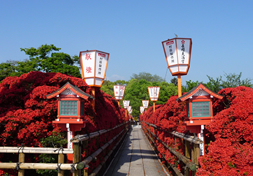
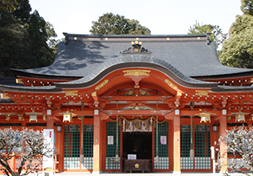
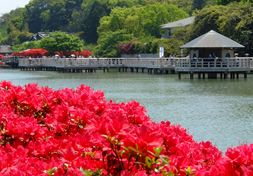
Nagaoka Tenmangu was established around 900 by Nakakoji after Sugawara Michizane, a noted scholar in Heian-era died on the way to Dazaifu, Kyushu.
There are about 12,000 Tenjin (shrine) in Japan. Especially this Tenjin is located on the western edge of Kyoto, which originally belonged to Sugawara Michizane and was the last place to stay in Kyoto when he was betrayed politically and exiled. The quaint forest surrounding this shrine is calm and peaceful to wander through all year round. You can gaze on the reflections in the pond to the front of the shrine. In spring, the cherry blossom around is a great place to picnic. You can admire the two-meter tall crimson wall of azaleas in mid April. We think you will be able to see a signs of love and farewell here, like Michizane did.
Admission: Free
Time: Dawn – dusk
Access: 10 minute walk from Hankyu Nagaoka Tenjin station (阪急 長岡天神)
15 minute walk from JR Nagaokakyo station(JR 長岡京)
AO KOMYOJI-Temple
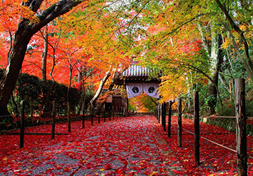
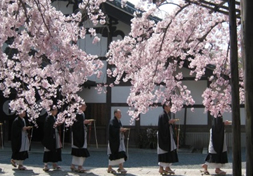
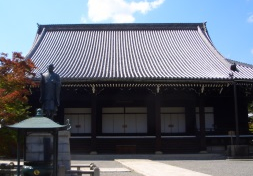
Established in 1198 by Kumagai Jiro Naozane, it became the headquarters of Jodo sect. This single most impressive sight in Nishiyama is surrounded by beautiful maple trees.
After walking through the enormous wooden historical gate, you can see a long set of steps up a gentle slope flanked by a large number of maple trees. As you walk up the steps you can surely feel a spiritual connection with the peaceful natural environment.
With the arrival of autumn, every single tree changes colour, taking on the beautiful patterns reminiscent of kimono textile. At the top of the steps one can see the true scale of the temple buildings. You will see the main hall (Miedo) at the center of the temple.
Admission: Free
*A special admission fee, \500, is charged during autumn foliage time. Shingyotei(信楽庭), a Japanese rock garden is open during this time.
Time: 09:00 – 18:00 *During autumn foliage time 09:00 – 16:30
Access:By bus (Number 20 or 22 ) or on foot (up to one hour from JR Station) .
IGENOYAMA Kofun-Tumulus
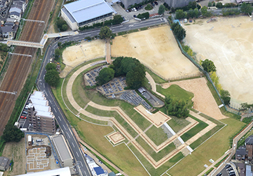
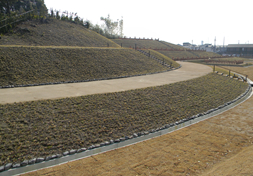
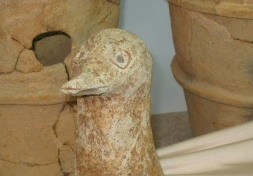
This Kofun was built for a powerful leader of the Kofun period. The Igenoyama Kofun is the biggest in Kyoto, it is shape like a keyhole, measuring 128m long and 30m wide. During archaeological digs 700 swords and iron weapons have been found at this site. It is really rare to find this number of iron weapons from the ancient period in Japan. How and where is a mystery yet to be solved.
Admission: Free
Time: Dawn-dusk
Access: About 20 min from JR Nagaokakyo station
SUNTORY KYOTO BREWERY
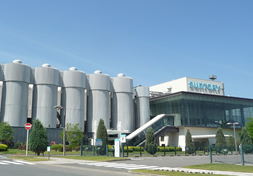
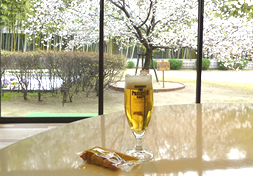
*Advanced appointment is necessary
Can you believe that beer is brewed in Nagaokakyo city Have you tasted Suntory Premium Malts It is one of the popular beers in Japan. Visit this factory and see the huge fermentation tanks for yourself. Suntory is also famous for Yamazaki Single Malts Whisky. You can also visit Suntory Yamazaki Distillery, which is just one station from Hankyu Nishiyama-Tennozan and JR Nagaokakyo stations. Both tours need advance reservation by phone or website.
Yokoku-ji Temple
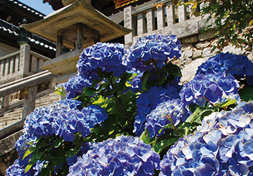
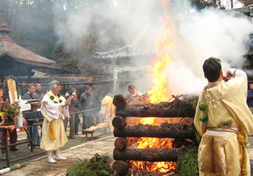

Yanagidani Kannon
The celebrated 17th temple of Shin-Saigoku
The Yanagidani Kannon,Yokoku-ji temple, was originally a place to pray for those suffering from eye disease. The temple was first patronized by the imperial family and court nobles,then later on supported by the strong belief of commoners and those who sought recovery.
Founded in 806 in the Heian period, it was established by Enchin Sozu, a priest who also founded Kiyomizu-dera temple. After receiving a divine oracle in a dream, he went into the western mountains and found a statue of Kannon covered in willow branches. It was here he decided to build a temple. Thereafter ,he left to take up an important post at Kiyomizu-dera temple. In 811,Kukai Kobo Daishi, head of Otokuni-dera temple, paid a visit to Yokoku-ji temple.
While praying, he saw a monkey washing the eyes of its baby, who was afflicted with eye disease. He then blessed the water and the baby monkey`s eyes opened. Since then, there is a legend of Kukai blessing the water for those suffering from eye disease, and many worshipped come even today for prayer.
At Yokoku-ji temple, Enchin Sozu is enshrined as the first generation leader and Kobo Daishi as the second.
Admission: Free
Time: 09:00 – 17:00
Access:
approx. 15 minutes tax ride from JR Nagaokakyo or Nagaokatenjin Station(Hankyu kyoto line)
approx. 10 minutes tax ride from Nishiyama-tennouzan Station(Hankyu kyoto line)

